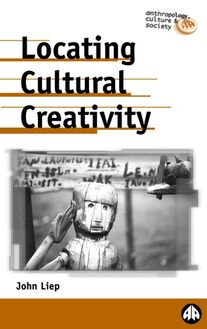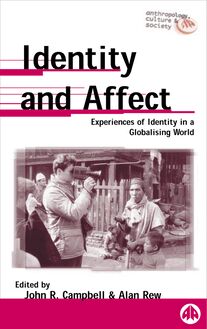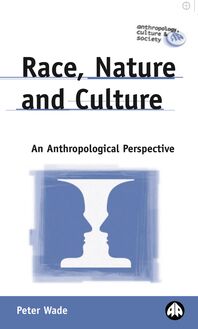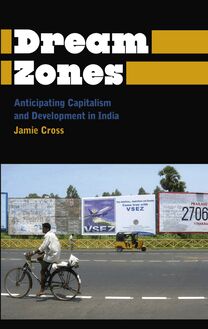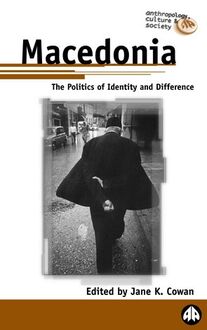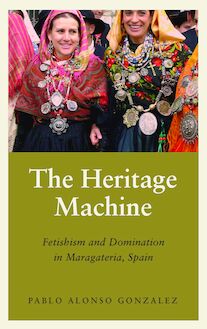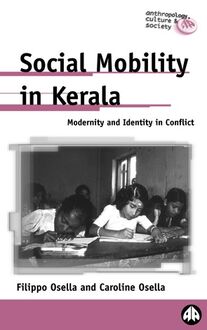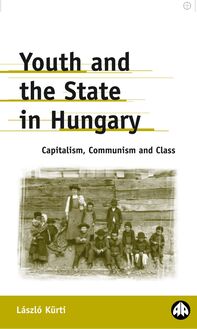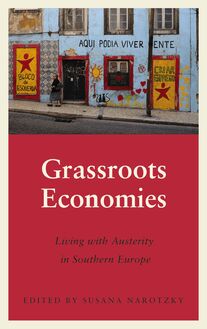Youth and the State in Hungary , livre ebook
307
pages
English
Ebooks
2002
Obtenez un accès à la bibliothèque pour le consulter en ligne En savoir plus
Découvre YouScribe en t'inscrivant gratuitement
Découvre YouScribe en t'inscrivant gratuitement
307
pages
English
Ebooks
2002
Obtenez un accès à la bibliothèque pour le consulter en ligne En savoir plus
Publié par
Date de parution
20 juillet 2002
Nombre de lectures
0
EAN13
9781849641227
Langue
English
Poids de l'ouvrage
1 Mo
Kurti follows State-Youth relations from the inter-war capitalism that made peasants into workers, through the post war state socialism – ‘Stalinism’ and after – to the reintroduction of capitalism in 1990. This time frame allows an exploration of the transformations and dilemmas of youth, class, gender and ethnicity as they develop across time.
In the course of this study two main themes emerge: the reproduction of class in youth culture across shifting socio-economic conditions; and the mobilisation of youth movements in resistance to the state. Youth and the State in Hungary challenges the orthodox equation of youth and resistance by arguing that youth mobilisation has, in fact, served the interests of the state. Nevertheless there remains a genuine space for resistance and contestation in the reproduction of youth culture.
Preface
1. Introduction: Theoretical Perspectives
2. Historical Ethnography, Ethnographic History: Peasants into Workers
3. Development of Red Csepel: Youth During Monarchy and Fascism
4. Vanguard Youth: From Stalinism to State Socialism
5. Existing State Socialism: Socialisation and Youth
6. The Communist Youth League: Ideology, Culture and Alienation
7. Youth Against the State: Friends, Partners and Family
8. Hungary’s Manhattan: The Velvet 'Revolution' and the Re-making of Capitalist Youth
Glossary
References
Index
Publié par
Date de parution
20 juillet 2002
Nombre de lectures
0
EAN13
9781849641227
Langue
English
Poids de l'ouvrage
1 Mo
